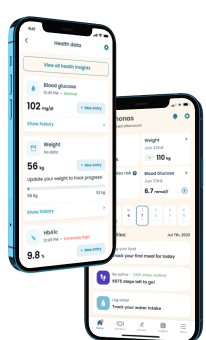What Is the Normal Range for Blood Sugar?
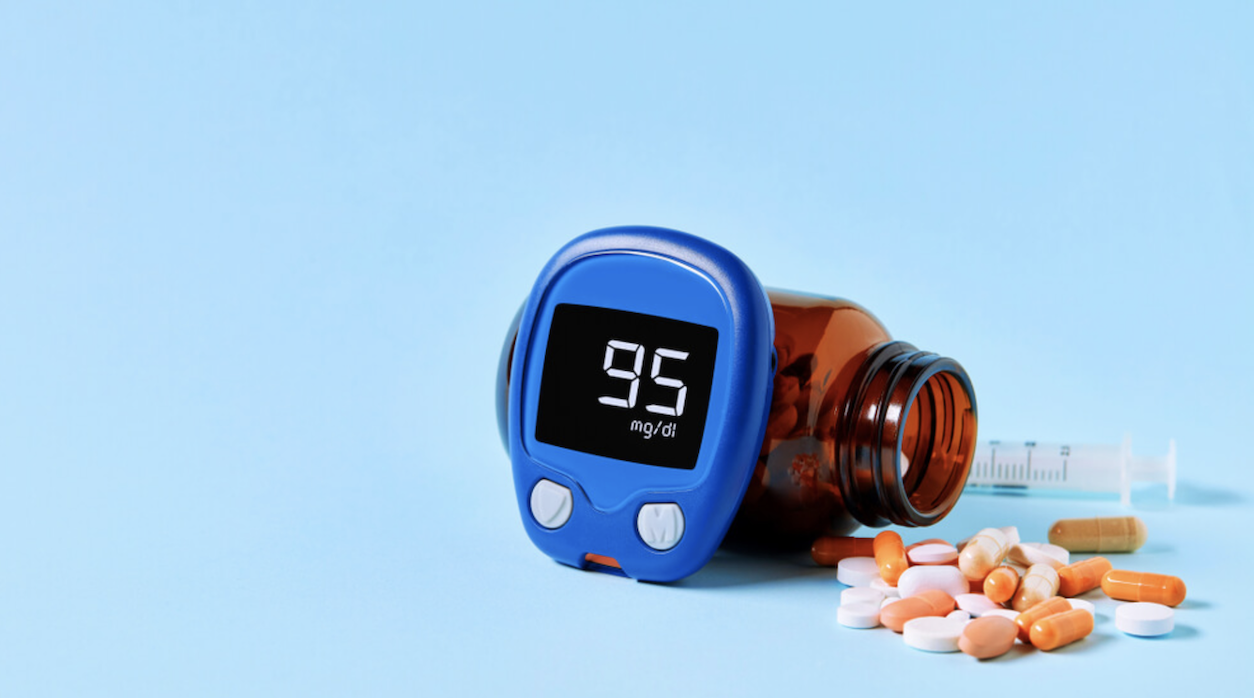
The blood sugar level is a common concern among people of any age category due to its impact on human life. A blood sugar level on the wrong end of the spectrum (high or low range) can lead to different consequences and conditions that can alter normal living. It can also become permanent and result in life-threatening complications.
As such, the American Diabetes Association recommends that people take random blood sugar tests periodically to know if they’re at the normal range and take proactive steps if there’s a cause for concern. Due to the possible consequences that blood sugar levels could cause, it’s important to attain and maintain a healthy normal blood glucose level. However, to stay within the healthy range, there’s a need to engage in many healthy choices and lifestyle changes.
The scope of this article is to highlight what level constitutes a healthy blood sugar range (in mg/dL) among different age groups. It also considers different basic factors influencing the measurement results and explains why there’s an unusual rise at specific times without any real risk. Finally, it outlines the consequences of low and high blood sugar levels.
What Are Normal Blood Sugar Levels?
The ideal blood sugar level is one that isn’t in the low or high range. People in this range are considered to have healthy normal blood glucose levels.
Generally, maintaining a normal blood sugar range isn’t exactly difficult under optimal circumstances where people maintain healthy lifestyle choices, inherit healthy genes, and exercise regularly. However, this is mostly not the case, and as such, millions of people experience low and high blood sugar temporarily and permanently.
The main factor responsible for blood sugar levels is glucose — a simple sugar obtained mainly from carbohydrates. Most carbohydrates have this sugar save for a distinct few that fall under the fiber class.
Regarding blood sugar levels, starchy carbs and sugary carbs are categorized as “bad carbs” because they’re the main source of glucose. On the other hand, fiber is grouped as “good carbs” because not only do they not contain glucose, but they also regulate high glucose.
Glucose is generally a necessity and a major source of energy. As long as a person eats just enough glucose, they’re highly unlikely to have low blood sugar levels. However, there’s also the task of not consuming the so-called “bad carbs,” as that’ll lead to too much glucose in the bloodstream and cause high blood sugar.
Measuring blood sugar or glucose level can be done at different times. It could be before a meal, after a meal, or before sleep. However, different tests exist with respect to the time choice. For example, the fasting blood glucose test is a blood sugar test performed before eating.
Determining whether you have a normal blood glucose level depends on certain factors at a particular time. For example, a person that just finished an exercise and performed a test will have a significantly different blood glucose range from what they’re supposed to have due to that activity at a particular time. So, one must consider these factors before performing a test.
Some of the major factors that affect blood sugar and could cause a shift in a low or high mg/dL measurement include:
- Food consumed, the time, and the quantity
- The physical activity level
- Drugs and medications
- Medical conditions
- Stress (majorly physical)
- Age
- Dehydration (poor water consumption)
- Menstruation and hormonal change in women
- Illness
- Alcohol
Considering these factors, the best time to have a blood sugar test is in the morning, around 9 a.m. More importantly, you should ensure you have woken about two hours before the test time, haven’t done any exercise, nor had any meal.
Understanding the Blood Sugar Level Chart

The average blood sugar level for all ages is 100 mg/dL, and this is the expected range in the morning before food intake. There’ll be a fluctuation in the range as other factors mentioned above come into play, so experts suggest this range is the average for a normal human.
However, for specificity, the following sections consider blood sugar level ranges for different age groups:
Healthy Blood Sugar Levels in Children Younger Than 6 Years
For children below 6 years of age, their healthy blood sugar levels range between 80 to 200 mg/dL, depending on the time of the day and the particular activities they must have undergone. The chart for a normal healthy blood sugar level is outlined below:
Testing Time | Blood Glucose Level (mg/dL)
Fasting | 80–180
Before Meal | 100–180
1–2 hours after Eating | ~180
Bedtime | 110–200
Healthy Blood Sugar Levels in Children Aged 6–12 Years
The adolescence category comprises children of age 6–12 years. The normal blood sugar level for adolescents differs slightly from that of kids, as seen below:
Testing Time | Blood Glucose Level (mg/dL)
Fasting | 80–180
Before Meal | 90–180
1–2 hours after Eating | Around 140
Bedtime | 100–200
Healthy Blood Sugar Levels in Teenagers Aged 13–19 Years
Teenagers have an age range of 13–19 years. This age category’s normal blood range levels are as follows:
Testing Time | Blood Glucose Level (mg/dL)
Fasting | 70–150
Before Meal | 90–130
1–2 hours after Eating Around | 140
Bedtime | 90–150
Healthy Blood Sugar Levels in Adults aged 20 Years and Above
The normal blood range level for people in the age category of 20 years+ ranges from 100 to 140 mg/dL. Anything lower or higher than that falls under low or high blood sugar, respectively.
This particular age category experiences the highest fluctuations in blood sugar more than any other category. Therefore, people in this category are often advised to take a test. Here’s an overview of what the standard blood glucose values for this age group look like:
Testing Time | Blood Glucose Level (mg/dL)
Fasting | <100
Before Meal | 70–130
1–2 hours after Eating | <180
Bedtime | 100–140
Keeping a normal blood sugar level is essential to living a healthy life free from many sugar-related issues. However, in reality, most people find it challenging to maintain a healthy blood glucose range because of their meal choice and certain healthy practices.
In the United States alone, the number of people with abnormal blood sugar sits in the millions, further underscoring the severity of abnormal sugar levels, especially high blood sugar levels. Namely, the CDC reveals that up to 100 million US adults have diabetes or prediabetes.
As stated before, people who have problems maintaining a healthy blood sugar level either experience low blood sugar or high blood sugar. The two conditions have health effects with varying complications, significant enough to be life-threatening.
The subsequent sections consider the effects of these two abnormal blood sugar cases, their effects, and why people should seek to maintain a healthy normal blood sugar level.
Low Blood Sugar — Hypoglycemia
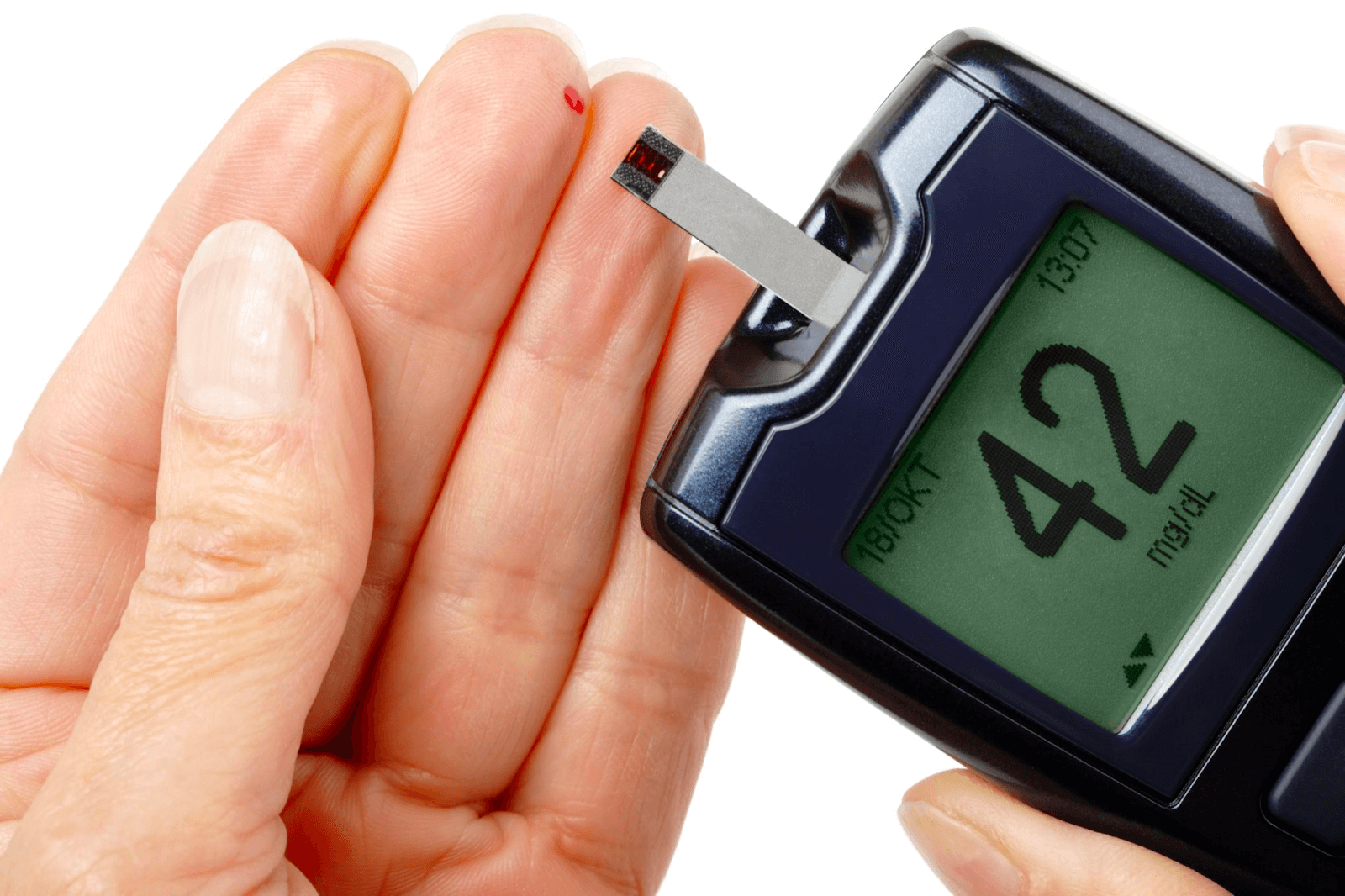
Low blood sugar, also called hypoglycemia, is an abnormal blood glucose level that falls below the standard outlined for the different categories at different times. It generally ranges from 70 mg/dL down to 0 mg/dL.
Hypoglycemia isn’t as prevalent as hyperglycemia, and it’s often easier to experience the latter than the former. Nevertheless, it does happen and usually demands serious medical concern.



Causes of Low Blood Sugar
As already stated, hypoglycemia is one of the abnormalities of blood sugar levels, and it holds many risks. Generally, hypoglycemia occurs due to certain medical and deliberate factors that the following sections highlight.
Genetics
Genetics is the major cause of hypoglycemia in people. A person who has a relative or a long ancestry of hypoglycemia could also be vulnerable to the condition. This particular concern is why it’s crucial to conduct a blood sugar test as often as possible because the effect of low blood sugar may come as a shock when it happens.
Medications
Several drugs and medications usually hold the risk of causing low blood glucose. These drugs may initially be administered to drop blood sugar for people that struggle with spikes, e.g., insulin and sulfonylureas like glimepiride. However, due to consistent and lack of adherence to time schedules of taking the drugs, people may experience a drop below the recommended range.
Other drugs can also lead to a fall in blood sugar levels, even if they aren’t meant to minimize spikes in blood glucose levels. These drugs could trigger a dip when they interact with other drugs. They include beta-blockers like propranolol (when taken in overdose) and antiarrhythmic drugs like quinidine.
Apart from oral drugs, other forms of medications like injections can also cause a decrease in blood sugar levels.
Avoidance of Calorie-Rich Food
If blood sugar spikes are a challenge, avoiding calories is an incredibly effective option. However, for a person that naturally has a good blood range, consistently slashing out simple sugar can lead to a drop in sugar.
For people that struggle with maintaining the minimum healthy range of blood sugar levels, the most effective option is to moderately include foods that have simple sugars with more healthy food.
Symptoms of Hypoglycemia
There are several symptoms that people with low blood sugar get to experience, and they include:
- Lightheadedness
- Dizziness
- Irritability
- Shakiness
- Nervousness
- Anxiety
- Chills
- Sweating
- Pale Skin
- Clamminess
- fast heart rate/beat
- Pale Skin
- Hunger
- Fainting
- Sleepiness
- Tingling lips
- Shock
Among these symptoms, sweating, lightheadedness, and dizziness are the early signs of excessively low sugar. If you experience multiple forms of these conditions, the next step will be to conduct a test to determine what you’re experiencing.
High Blood Sugar — Hyperglycemia
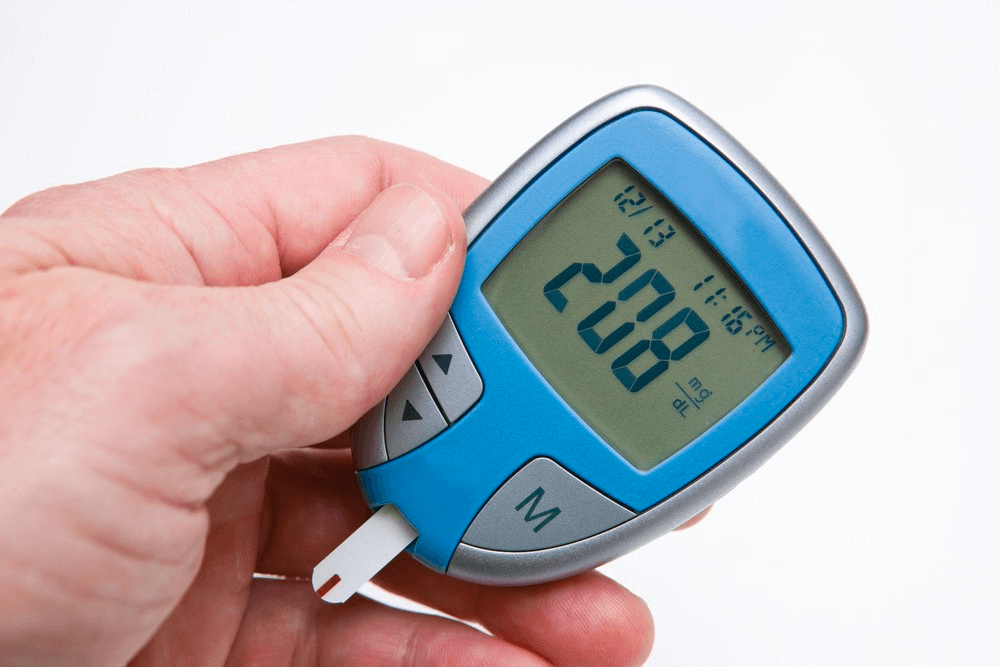
High blood sugar level is the more popular condition that people with blood sugar range abnormality experience. This condition is characterized by a rise in blood glucose levels that lasts for hours and even days. High blood sugar is typically something to worry about because it can trigger more serious conditions, like diabetic retinopathy, among others.
Causes of High Blood Sugar
There are many factors responsible for a rise in blood sugar, and they include:
Genetics
People with an ancestral history of diabetes are more likely to have diabetes than people with healthier ancestry. Many studies, including twin studies, prove this possibility, making genes a major cause and risk factor of diabetes.
Excessive Carb Intake
Eating carb-filled foods consistently is one of the major causes of high blood glucose. Simple sugars usually lead to a rise in blood glucose, and most carbs that are available for food have many simple sugars.
Lack of Exercise
An unhealthy lifestyle and lack of fitness in people with weight could lead to blood sugar spikes. Exercising helps the body use glucose faster and leaves the heart circulating blood more effectively.
Irregular Eating Time
Irregular eating time can cause a blood spike. Eating just anything at any time usually leads to a shock in the body system, which could cause a sudden rise in people vulnerable to blood sugar increase.
Stress
Stress could be physical, psychological, or emotional. However, the strain it causes usually leaves the body responding with a rise in glucose levels.
Stress-induced blood sugar rise is often temporary. However, continuous exposure to the cause of the stress can build up a particular pattern of blood sugar rise.
Negative Medication Interaction
Certain medications could interact badly and cause a blood sugar spike. While these effects are temporary and are only a concern as long as the two drugs are taken, it can be dangerous if the medications are needed for a long time.
Hyperglycemia Symptoms
The symptoms of high blood sugar include
- Fatigue
- Frequent urination
- Headaches
- Blurred Vision
- Difficulty concentrating
- Thirst
- Weight gain
A rise in high blood sugar can trigger more severe complications, the most common being diabetes.
The Link Between High Blood Sugar and Diabetestes
Consistent high blood sugar increases will generally develop into worse complications such as prediabetes and diabetes. Diabetes is one of the major conditions that people who experience high blood sugar can develop.
Namely, diabetes as a condition could be a pathway for worse complications like heart disease, kidney disease, or stroke. On its own, it’s the cause of death for millions of people globally, triggering approximately 1.5 million deaths worldwide and ranking as the ninth leading cause of death in 2019. Moreover, the world saw a 5% spike in premature mortality due to diabetes between 2000 and 2016.
Diabetes is considered by experts a growing concern, and the continuous rise in unhealthy lifestyles and foods has only seen the number of diagnosed diabetics grow higher. The main age category that experiences diabetes from high blood sugar are adults above the age of 44. However, other younger populations are also open to the condition, provided they’re genetically vulnerable and lead an unhealthy lifestyle.
Diabetics diagnosed at the earlier stage can enjoy proper management if diagnosed patients stick to doctor recommendations and proactively take steps that curb blood sugar rise. One of the important steps that people with the condition can take is eating healthy meals that are incredibly low in carbs and simple sugars.
An endocrinologist or dietitian can help people with the condition adopt a healthy eating pattern. It’s also possible for people with the condition to use expert digital diabetes meal planner, like Klinio , designed to help diabetics live a healthier life through healthy eating.
Apart from eating healthy meals, insulin therapy is critical for people already in the advanced stage of diabetes. Most diabetics have significantly low insulin levels, and as such, they generally need to support their bodies with enough insulin to regulate blood glucose and lower blood sugar levels. Medical experts can help patients with the proper insulin therapy as it uniquely applies to their health.
There are other important steps that people with diabetes can take to reduce the symptoms and possible complications of the condition. Fortunately, they’re the same health steps that someone already experiencing blood sugar spikes should take, and the subsequent sections highlight them.
Preventing Hypoglycemia and Hyperglycemia
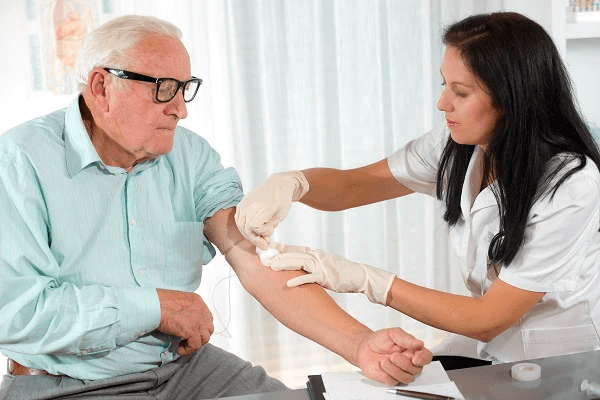
When blood glucose level falls, it triggers many complications, and this is the same with a spike in blood sugar range as both abnormalities have their respective consequences.
There are multiple steps that people with low or high blood sugar can implement to prevent them from happening or at least drastically reduce their effects. However, it’s important to know that it demands a lot of determination. This section highlights how people can prevent the abnormality of low and high blood sugar levels.
How to Prevent Low Blood Sugar
The following tips minimize the risk of hypoglycemia.
Diagnosis
Getting a diagnosis on whether you have low blood sugar is the first step to preventing and managing its effect. There are multiple at-home blood test kits available for customers to check their blood glucose levels by themselves. On the other hand, visiting a doctor offers you more detailed results with the added benefit of counselling and certain management tips.
Quick Self-Help Treatment
A quick and effective way to handle low blood sugar if you’ve been diagnosed with it is to gulp on a quick-dissolving glucose tablet to maintain awareness and stability. You should immediately call or visit a health expert afterward.
This option is only desirable if you don’t have any of the needed tools to self-check your blood sugar level, and meeting an expert isn’t feasible immediately.
Use Blood Sugar Spikes Regulating Medications Appropriately
One of the major populations that usually end up with low blood sugar is those diagnosed with hyperglycemia and are effectively taking treatment. The fact that this group of people suddenly end up with low blood sugar outlines the inappropriate use of blood spikes regulatory medications.
If you experience blood sugar spikes, you need to ensure that you only take your medications at the right time and with the right drugs. Don’t take drugs that could cause a drop in your blood range alongside your regulatory drugs.
Eat More Sugar Inclined Food
An important step to decrease the risk of having low blood sugar spikes is eating more carbs. However, it doesn’t have to be out of line. Simply include more carb and quick sugar sources into your meals to help you maintain a normal healthy range.
Furthermore, it’s vital to have blood sugar-checking tools to maintain balance and not eat too much sugar.
Preventing High Blood Sugar and Diabetes
Here’s how you can successfully preclude a case of high blood sugar and, by extension, diabetes.
Stick to Healthy Life Choices
Lack of exercise is one of the serious risk factors for diabetes. In light of this, religiously including physically-demanding activities like exercise can help reduce blood sugar levels and control the symptoms of diabetes.
Taking a Test
This should be the first step to take if you experience high blood sugar levels, as that’ll determine if you have the condition as well as the proper management and preventive measures to take.
There are different tests that people with high blood sugar levels can take, including oral glucose tolerance test and fasting blood sugar test, among others. Your health professional should determine the best blood test for you to enable you to effectively handle the condition.
Take Medications at the Appropriate Time
Insulin therapy is one of the best management processes for people with diabetes. However, it’s crucial to take this medication as recommended by your health professional. This is because inappropriate medication application can lead to health-threatening low blood sugar.
Conclusion
Abnormal blood sugar level remains a serious health risk that could develop into bigger complications when not properly handled. This guide outlines what it takes to maintain a healthy blood range and the health risks of low and high blood sugar levels.
Key among these recommendations is the need to stick to healthy eating, and one of the best ways to go about this is using digital meal planners like Klinio. It doesn’t stop at that; the Klinio app also affords you other blood sugar-regulating practices like no-equipment beginner workouts as well as a detailed progress tracker.
Take a quiz and get your diabetes-management plan today!






